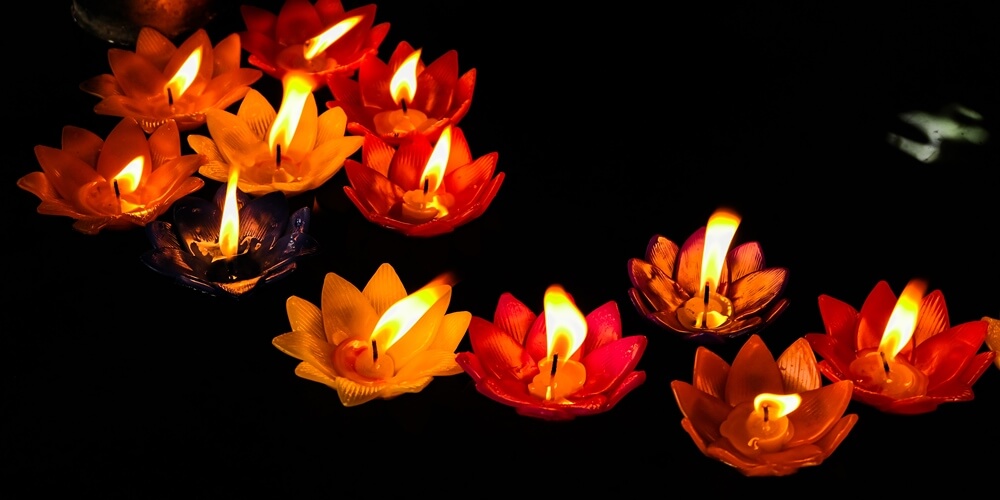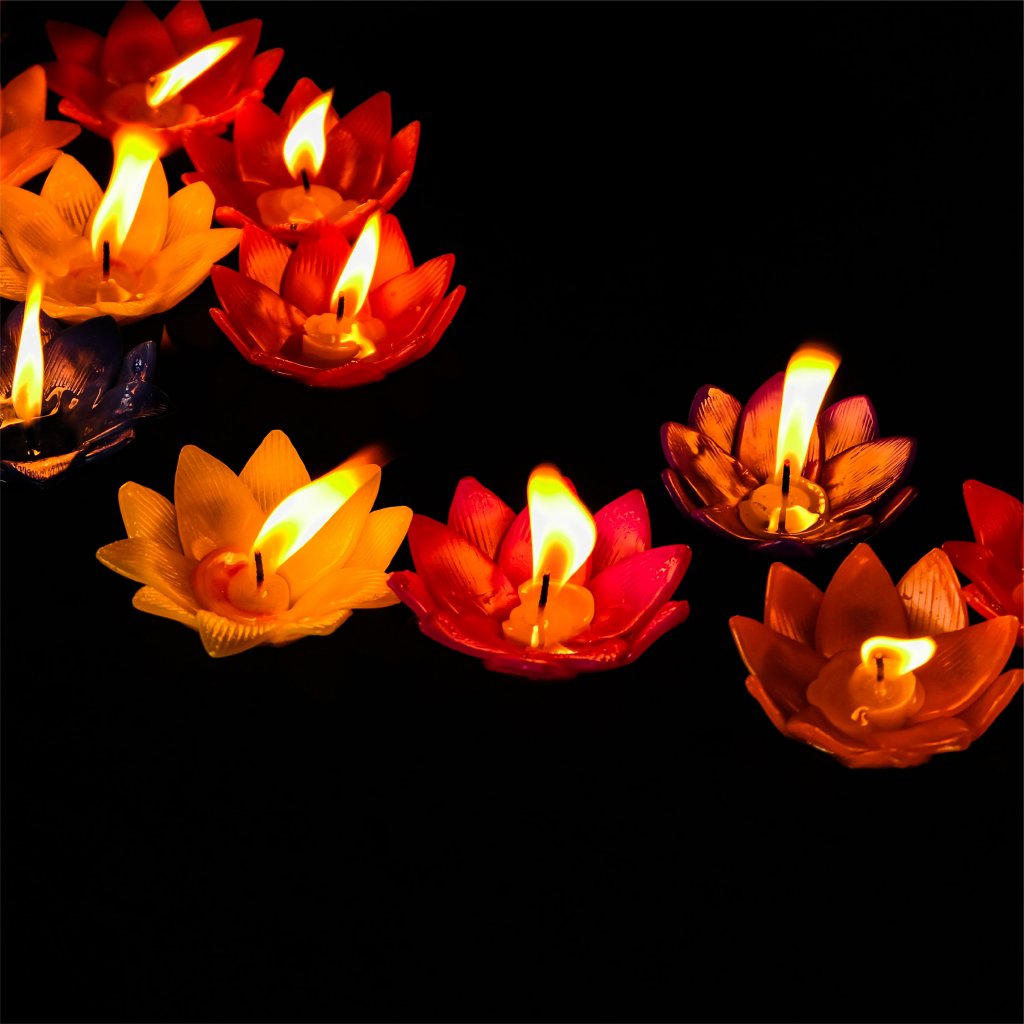
It’s that time of year again (for those of Asian culture), where the pathways of the living and dead intersect in a burst of activities. The Hungry Ghost Festival is around the corner, arriving on 22nd August 2021 this year. Unlike the previous years where completing the ceremonial rituals are more active community-wise, Covid-19 would have us celebrating the Hungry Ghost festival in a more subdued pace. It’s not exactly what we’re used to, but it is the perfect opportunity to find new ways to appreciate our heritage that we might have overlooked during the rush of activities in pre-Covid years.
Hence, a re-discovery of this festival’s origins may help you reflect on its subtle aspects and grow deeper spiritually. You may have been aware that the Hungry Ghost Festival celebrated today is a fusion of many aspects from Buddhism and Taoism. You might even be confused about the purpose of some of the rituals even as you performed them or why Mulian and Guan Yin share similar roles.
In this article, we will go over a brief history of the festival’s religious icons and how their origins fused into what we see today.
Mulian Rescues His Mother
Chronologically, the festival first originated from the Buddhist story of Mulian, where he rescues his mother from the underworld. The story became known when the Yulanpen Sutra was discovered and translated during the 3rd Century CE, between 265 and 311 CE. However, a manuscript of the story – which is separate from the sutra and gave further details – was found in the Mogao Caves in Dunhuang, China in the early 9th century CE.
The story unfolds with Mulian seeking to discover where his parents had been reborn after their deaths. While Mulian found his father in heaven, his mother resided in the Avici – the lowest section of the underworld where karmic retribution is imposed on souls for wrong doings in life. For Mulian’s mother specifically, she was sent there for hiding away money given to her by Mulian for the purpose of feeding monks that came by their home.
Mulian sought to relief her hunger, but found that she could not eat. The food he offered burst into flames at her touch. Seeking guidance from Buddha, Mulian was told the only way to relief his mother’s suffering was to collect merits on her behalf by offering fruits and vegetables in yulan bowls to monks on the 15th day of the 7th lunar month. Through Mulian’s merits, his mother was freed from the underworld and reincarnated. His story has since lead generations into the practice of the Hungry Ghost Festival.
Guan Yin in Buddhist & Taoist Origins
Guan Yin possess a unique position as she is featured in Buddhist and Taoist lore playing different roles.
In terms of Buddhist lore, Guan Yin has a longer established role as a salvation figure than Mulian through the Lotus Sutra, which historians agree was likely written between 1st century BC and 2nd century CE. The sutra’s text offered believers assurance that to think upon the power of Guan Yin would bring deliverance from ‘all the evil states of existence, hells, ghosts and animals’.
The Karandavyuha Sutra – compiled in the late 4th century CE or early 5th century CE – gives more details on her role, stating that Guan Yin entered the Avici and transformed it into a paradise before approaching the Citadel of the Hungry Ghosts. She then quenched the fires within the citadel, gave the inmates food and drink, and led them to reincarnate.
In the Taoist version of the Hungry Ghost Festival (called Zhong Yuan Jie), Guan Yin takes on a subtle role. In Taoist traditions, the gate of the underworld would open at midnight at the beginning of the 7th lunar month. Hungry ghosts are then released to wander among the living in search of food and entertainment. Taoist priests would perform prayers and make food offerings, while devotees would visit temples to repent their sins, as well as pray for good fortune and avoidance of disasters.
Joss sticks, paper money and other paper effigies of material goods are also burnt so that the dead may receive them. During large burnings of these offerings, a paper effigy of Da Shi Ye (the King of the Ghosts) would be present. This effigy has a small image of Guan Yin on its forehead, as it is commonly believed that she incarnates as Da Shi Ye to oversee proceedings and subdue unruly ghosts.
Virtues That Cross Boundaries
Despite their respective origins being centuries apart – Guan Yin having been established 400 years prior to Mulian’s story – the similarity in character of these religious icons and methods in carrying out their roles made them natural incorporations into how the Hungry Ghost Festival is celebrated today.
Ultimately, the Hungry Ghost Festival represents more than merely a set of prayers and rituals for the living to perform. The origins when taken together, expresses the importance of filial piety and compassion to the living.
That when we possess these values so deeply within us, our actions can even touch the heart of celestial authorities and move them to alter destiny that is otherwise unchangeable.
Copyright Statement This article and video is original content created by Xiao En website, to whom the copyright belongs to. The content should not be reproduced without permission, otherwise it will be regarded as infringement. Xiao En reserves the right to pursue legal action against unauthorised use of the content.



